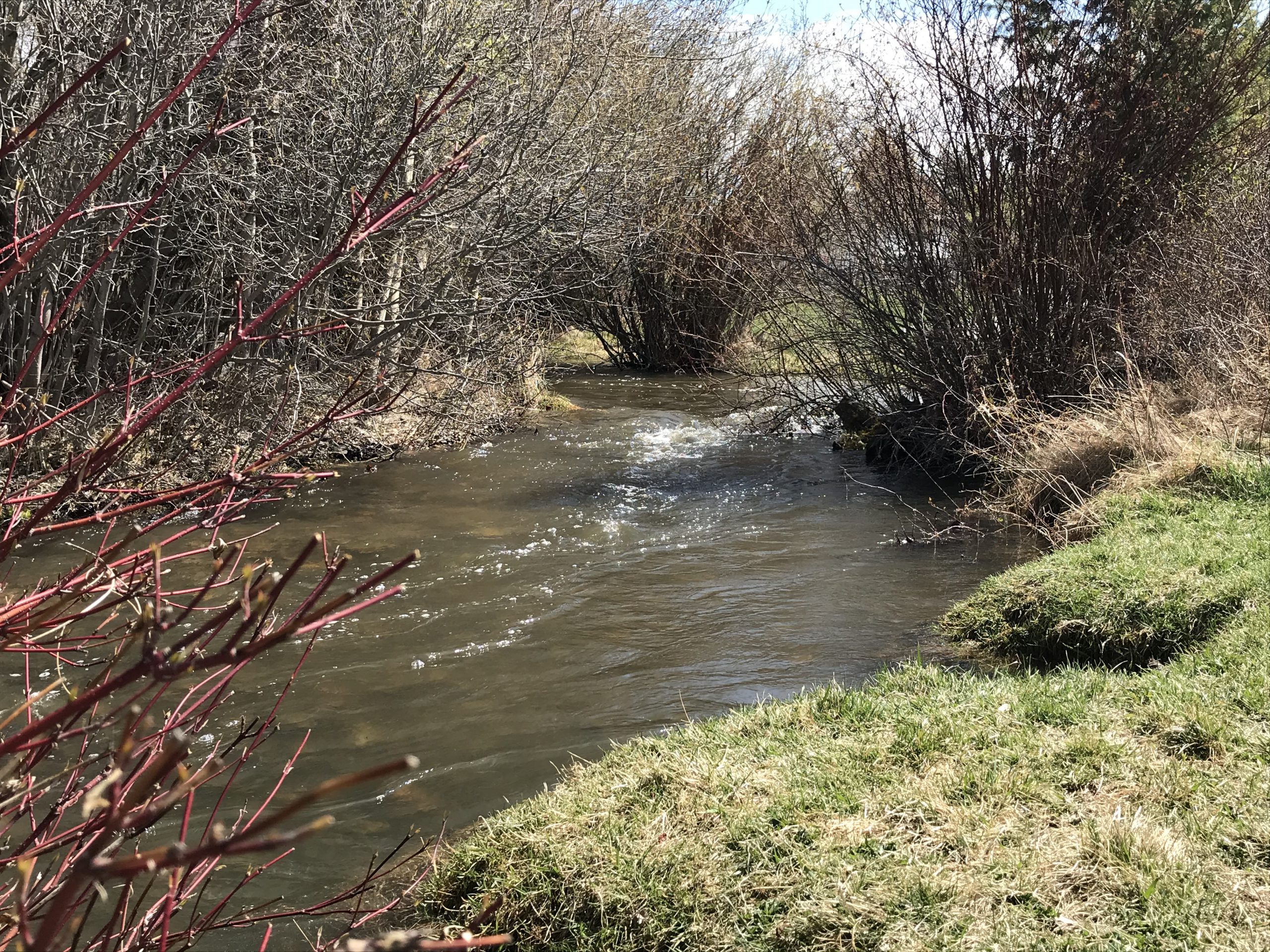Work to restore shorelines along Joseph Creek through Cranbrook has taken a new direction as the team behind the project has started a nursery for native plant species.
Restore Joseph Creek, a project in partnership with the City of Cranbrook and the Columbia Outdoor School, aims to reintroduce Indigenous plants to the creek shore.
This new approach comes as a previous method of planting live cuttings into the soil was ineffective.
“We experimented a little bit with live staking, but because of heavy browsing and rubbing from deer and the heavy, clay soil, we had a very high mortality rate,” said Angele Leduc, Joseph Creek Restoration Coordinator.
“Because we were experiencing these challenges, we decided to try experimenting with rooted stock, which is a similar process, but instead of staking them into the ground, we put them into potted soil in bags.”
Live staking is a practice of taking living branches from healthy trees and planting them in the ground, with hopes they will take root.
Leduc says growing the cuttings in a nursery setting gives the team more direct control over the health of their growing plants.
“We’re going to nurse them all summer long, and once they have an established root system, we can plant them in a riparian area. They stand a better chance with an established root system,” said Leduc.
“In collaboration with the City of Cranbrook, we set up a little nursery with proper deer fencing and gravity-fed irrigation to grow about 150 of these plants every year for restoration projects going on along Joseph Creek.”
Leduc says the cuttings must be harvested from healthy trees that are local to the region.
The team is focusing on growing native willow and red osier dogwood, which can play a key role in riparian habitat restoration.
“A lot of people don’t even recognize Joseph Creek as an ecologically healthy creek anymore. Historically, it was an important place for juvenile native fish species, like westslope cutthroat trout,” said Leduc.
“We’re trying to get it back to a state that will eventually be healthy for native fish species. We know it will never look like it did before all of the channelling and other impacts, but we’re trying to return it to an ecological state that could be used for educational purposes and bring back some biodiversity to the ecosystem. It could also create some green spaces that people could enjoy in the city.”
Be the first to know! Don’t miss out on breaking news and daily updates in your area. Sign up to MyEastKootenayNow News Alerts.




